How Well Do Houseplants Really Clean The Air?
Houseplants are an blissful addiction for me and I want at least 1 or 2 of them in every room. They make my house a home and really put a smile on my face. I never bought any of them with the purpose of detoxification. As I was preparing for this post and video it got me thinking: how well do our houseplants really clean the air?
My conclusion is at the end but 1st I want to share a few thoughts with you. There’s a complex process called photosynthesis where in a nutshell plants absorb carbon dioxide and convert it to oxygen which they then release. Too much carbon dioxide bad, oxygen good. We, and the earth in general, need photosynthesis to occur.
Some Of Our General Houseplant Guides For Your Reference:
- 3 Ways To Successfully Fertilize Indoor Plants
- How to Clean Houseplants
- Winter Houseplant Care Guide
- Plant Humidity: How I Increase Humidity For Houseplants
- Buying Houseplants: 14 Tips For Indoor Gardening Newbies
- 11 Pet-Friendly Houseplants
Wondering how much houseplants really clean & purify the air in our homes:
The study that everyone (bloggers, youtubers, news stations, journalists etc) refers to is the NASA study done in the 1980’s. The plants tested in this study are the ones people mention and highly praise as being our homes’ air purifiers. I had never done any research on this subject, so as I looked as the details of this study, it really got me questioning and wondering.
NASA is the federal agency responsible for our space program. This study was done in conjunction with the Association of Landscape Contractors of America over what I understand was a 2 year period. To me, the results just aren’t conclusive enough – here’s why.
The most important thing I took into consideration is that this study was done in controlled, sealed chambers. They were researching how to keep the air quality good in spaceships, not our homes. Our homes, offices, lobbies, etc are much more complicated environments than a sealed, controlled chamber. No studies have been done on how much houseplants clean the air in typical home environments.
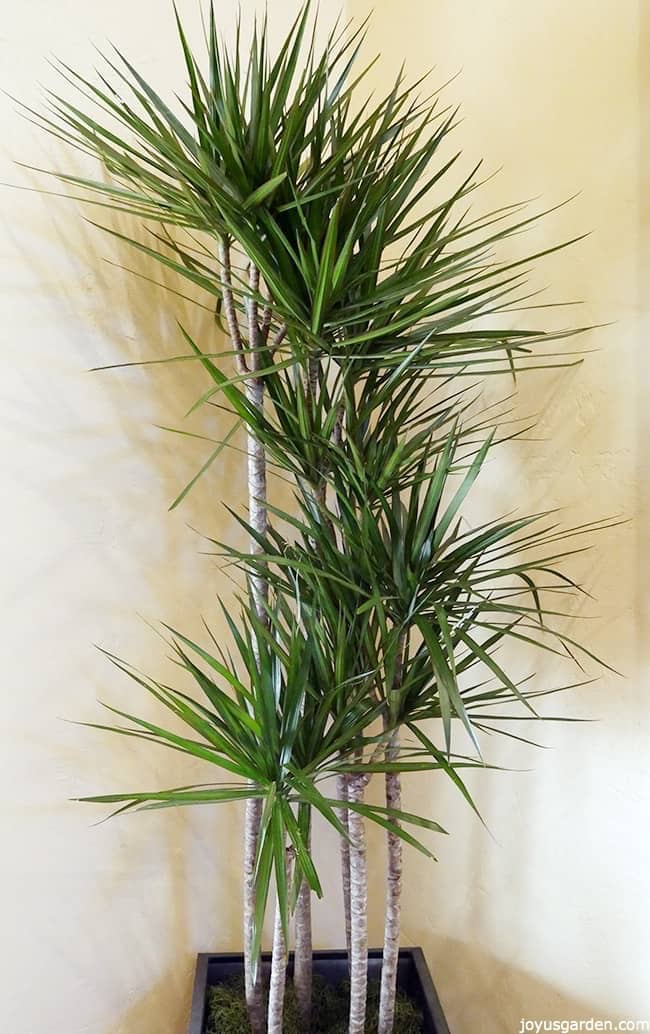
Dracaena marginata or Red Edged Dracaena
1 of the things tested for was formaldehyde, which is found in fabrics, building materials, glues, etc. What they did in the study was inject it into the chamber and then measured the decay with and without plants present. Formaldehyde is constantly being emitted, not just a one time shot. The conclusion as per the US EPA: plants do remove VOC’s , just not significant amounts.
The Association of Landscape Contractors of America did another study in the 1990′s where they conducted controlled experiments with plants on 2 office floors over a 9 month period. Basically, the presence of plants didn’t make a lot of difference in the air quality but the numbers and types of plants weren’t listed. The limited numbers of studies done, including NASA, use the words “may” and “suggest” with no definitive numbers and hard facts to back any of this up.
The amount of houseplants we’d need:
All houseplants clean the air around them. The amount of plants we’d need in a typical room (the estimate of 1 plant per 100 square feet really hasn’t been proven) to make a difference sounds like it would be over 100. There have been no definite numbers as to how many are really needed to be effective. It’s been suggested that a lot of good stuff happens through the microbes in the soil. And of course, the more actively a plant is growing, the more it’ll clean the air.
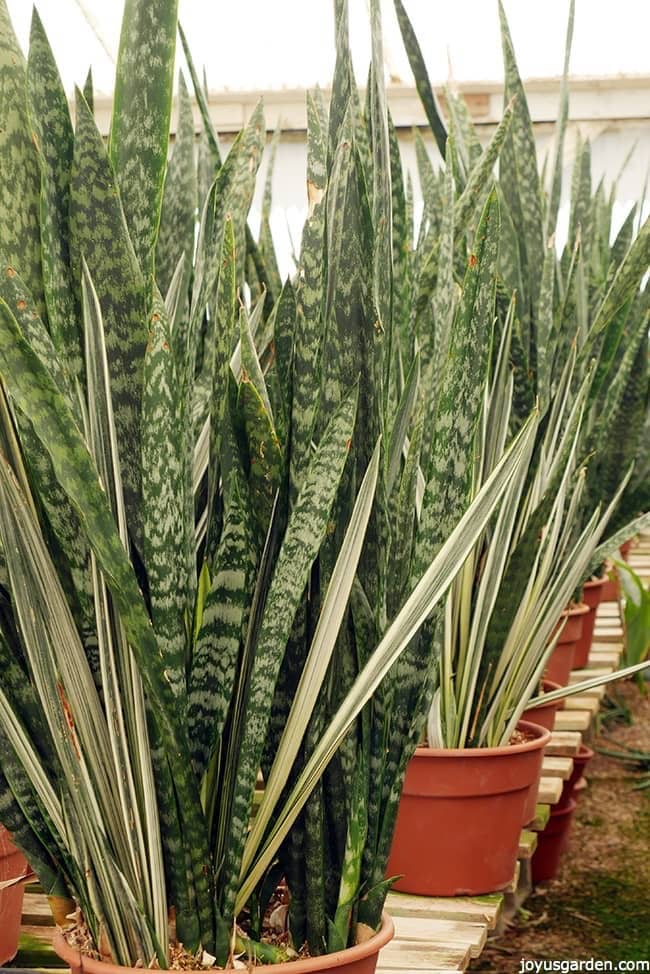
Sansevierias or Snake Plants
The plants which clean the best, according to the study:
In the NASA study, different plants were shown to remove different pollutants. It makes sense to know which are in your home so you can choose plants which are best at removing those toxins. The number one champion at removing all pollutants is the Spathiphyllum or Peace Lily. Mums, Snake Plants, English Ivy and Dracaenas were right up there too. Consult the chart here for more details.
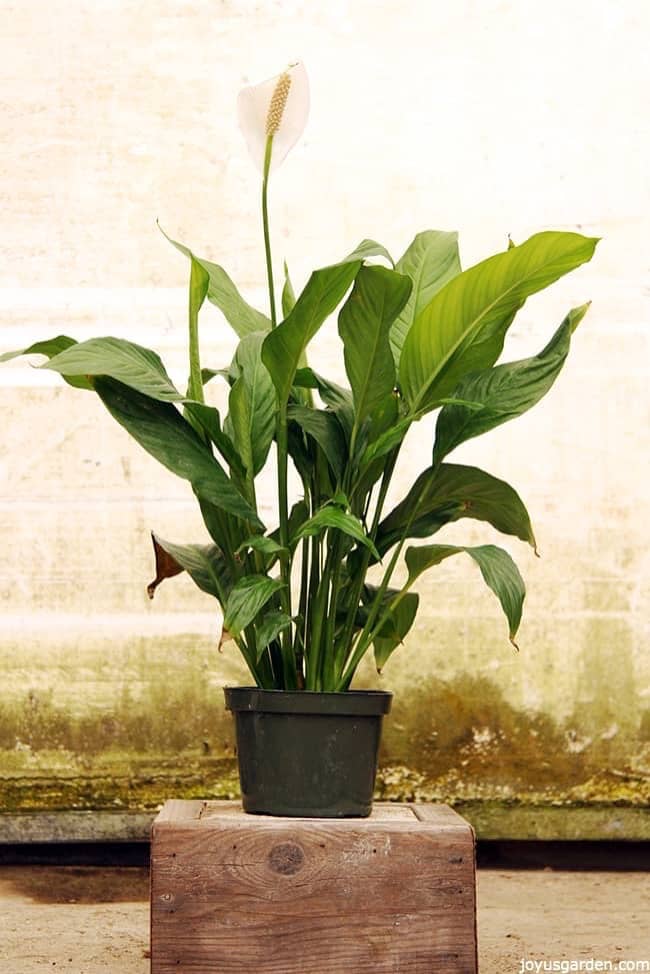
Spathiphyllum or Peace Lily
What you can do to help keep pollutant levels down:
An 8″ houseplant releases far, far less oxygen per hour than we humans need. A good way to keep the air healthy in our homes and let as many VOCs out is to open the windows and doors and let as much fresh air in and have it circulate around. Paints are a big culprit so use ones with low or no VOCs. There’s a wide variety of eco-friendly building materials on the market now so that’s another way to keep pollutants out.
This post turned out way different than I originally thought. I’d like to think that my houseplants keep my entire home nice and clean but just having them around is enough for me. Houseplants make my space a much happier place, regardless. Just the presence of plants is grounding and therapeutic.
Bottom line:
No matter how much they do or don’t clean the air, houseplants are so healthy to have in our homes. What are your thoughts on this? Inquiring horticultural minds want to know!
Happy indoor gardening,

Articles I referenced:
How well do houseplants perform as indoor air cleaners?
Houseplants help clean indoor air (link now broken)
YOU MAY ALSO ENJOY:
- Repotting Basics: Basics Beginning Gardeners Need To Know
- 15 Easy To Grow Houseplants
- A Guide To Watering Indoor Plants
- 7 Easy Care Floor Plants For Beginning Houseplant Gardeners
- 10 Easy Care Houseplants For Low Light
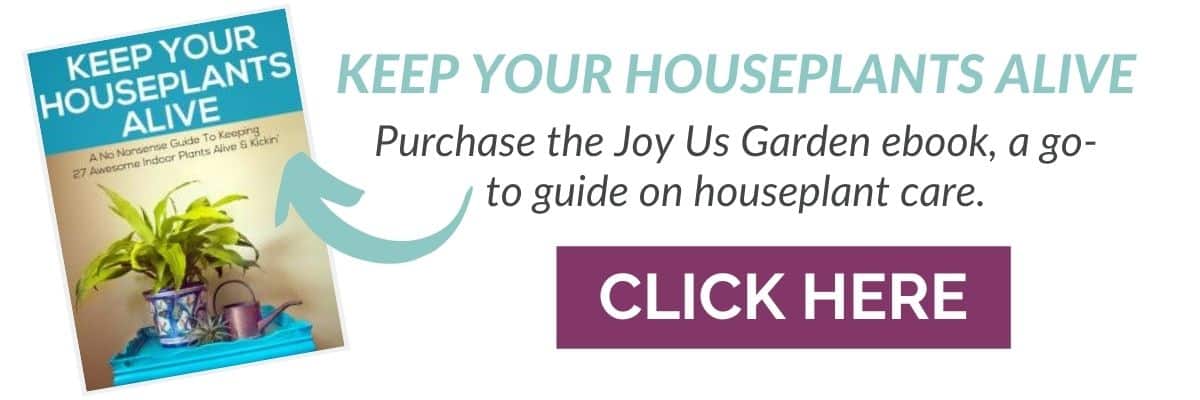
This post may contain affiliate links, you can read our policies here.

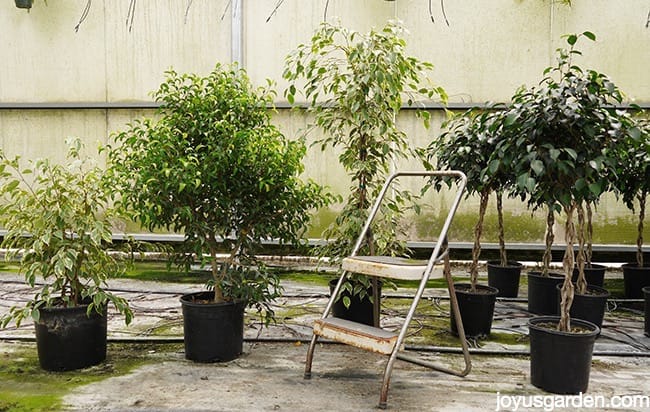
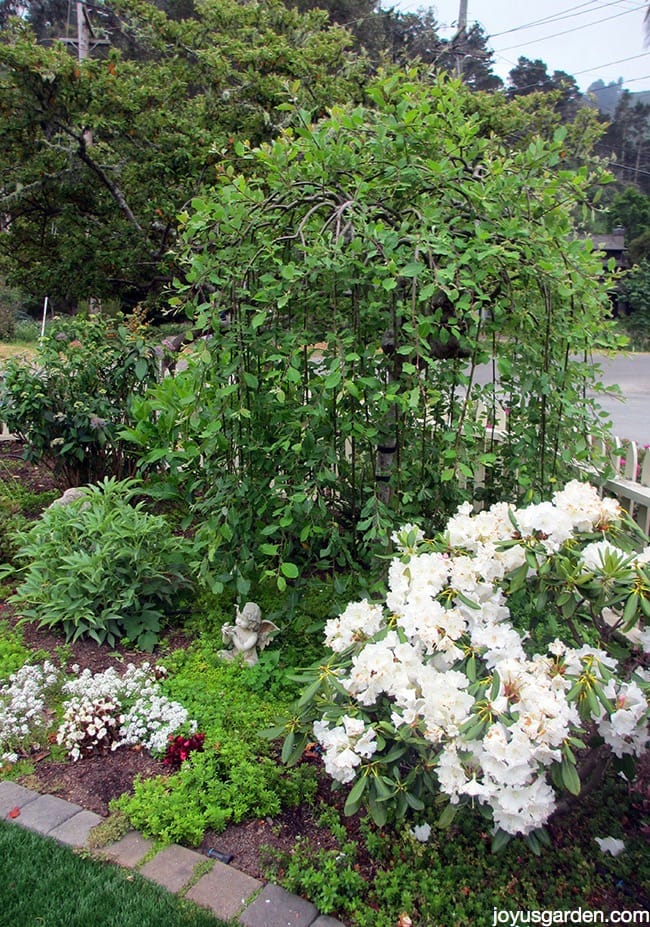
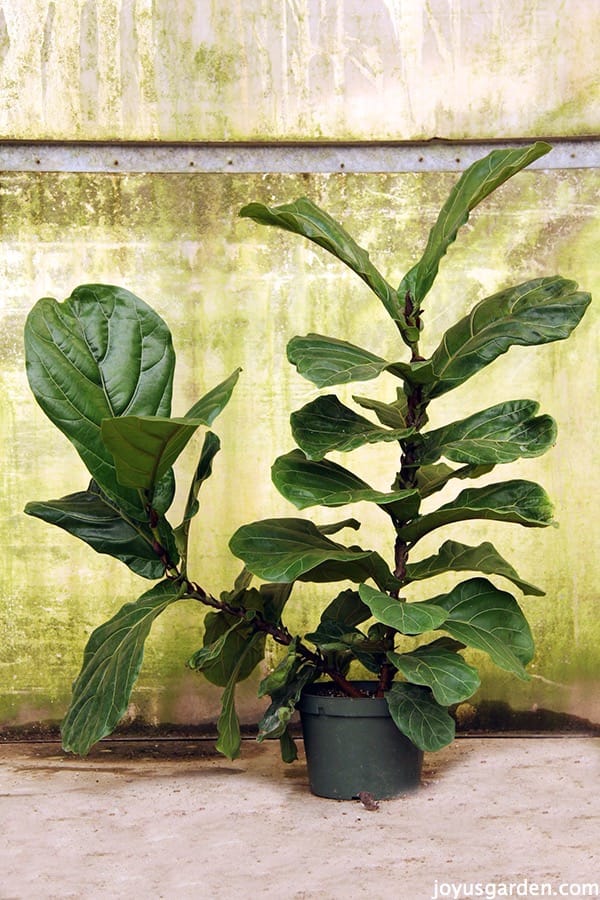
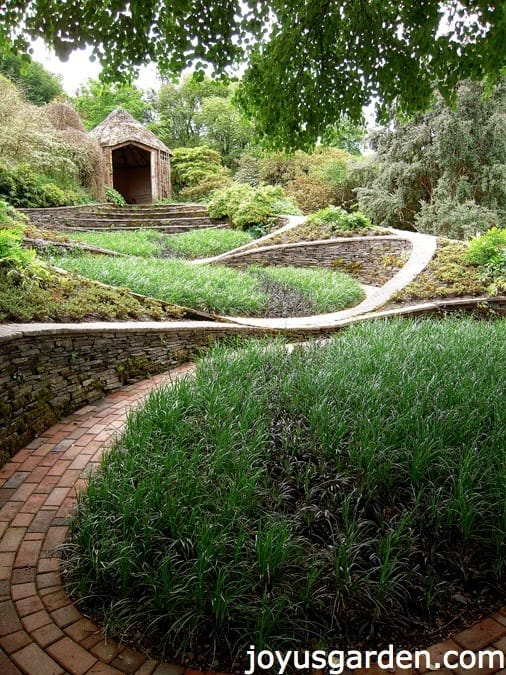

Since there’s no definite conclusion if the plants clean the air or not. In what way do you think plants are still healthy for indoor air?
Hi Michelle – That was my point in doing this post. The tests haven’t been done in a home environment. Plants take in CO2 & give off O2 but you can’t expect a 6″pothos to clean a whole room. In my opinion, houseplants are healthy because they bring something living (besides us!) into our homes – it’s the happiness factor. Nell
Hi Nell! Thanks for the time to investigate this subject! I’m doing to same right now and have always been sceptical. However, there is a University in the Netherlands that is doing research in actual living spaces, like a retirement home and offices. No conclusions yet, but I’m very curious about the results.
https://www.wur.nl/en/project/Plants-for-a-good-interior-climate-.htm
Iris – Thank you for sharing that link! I was unaware that there’s a study going on & look forward to seeing what they find. I’m going to check in on the final results. Nell
Nell, excellent article. While it’s difficult to measure the exact amount of plants needed per square foot of housing to produce the right amount of oxygen, I agree with you. We know that we need oxygen and plants need carbon dioxide. Having plants and caring for plants makes me happy and healthy. And plants add color and decoration to a home or office. These are all good reasons to have plants.
Thank you Karen! This study was done in controlled chambers which are nothing like our homes. Plants do take in the bad & give off oxygen but we can’t expect to rid our living room of formaldehyde. I love them because they make my soul smile & my home look great. Sounds like it’s the same for you! Nell